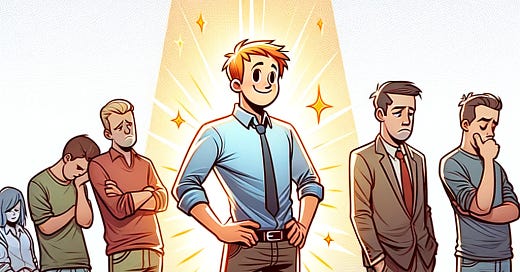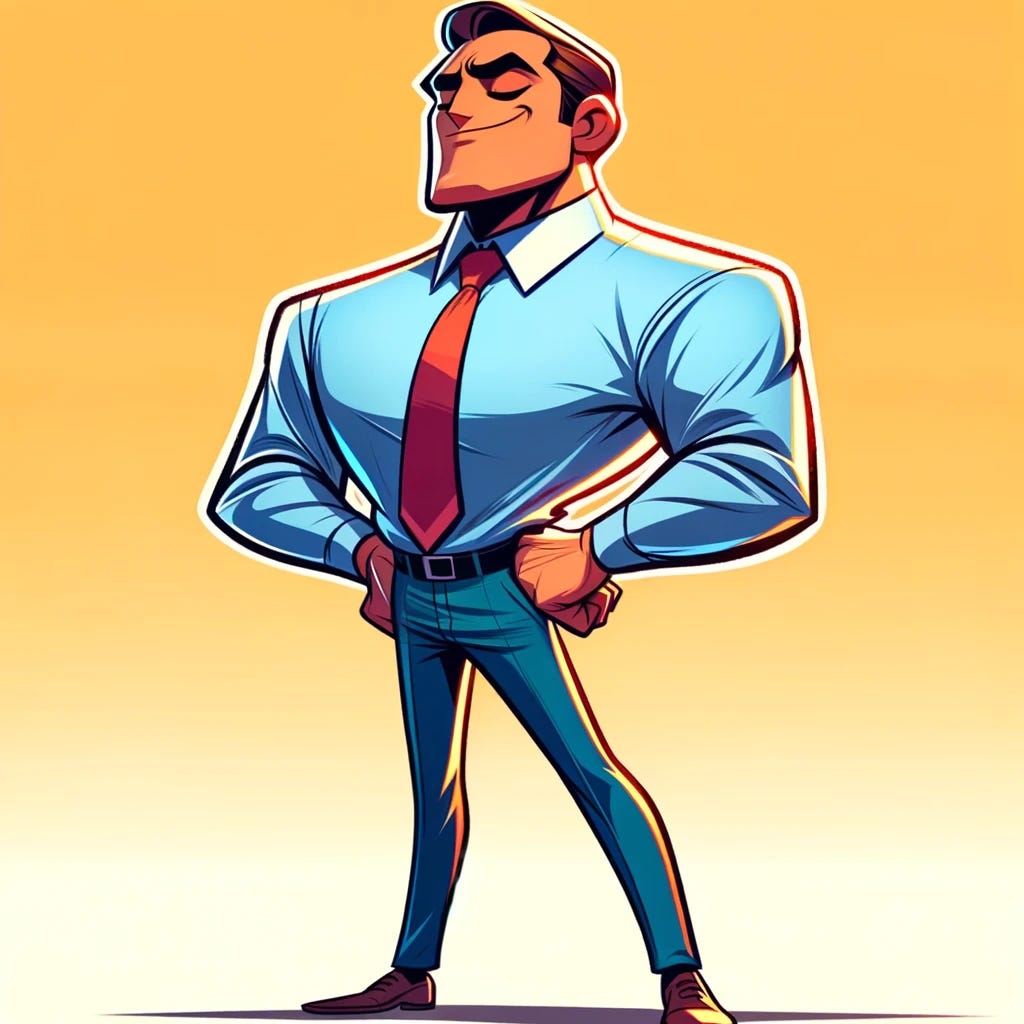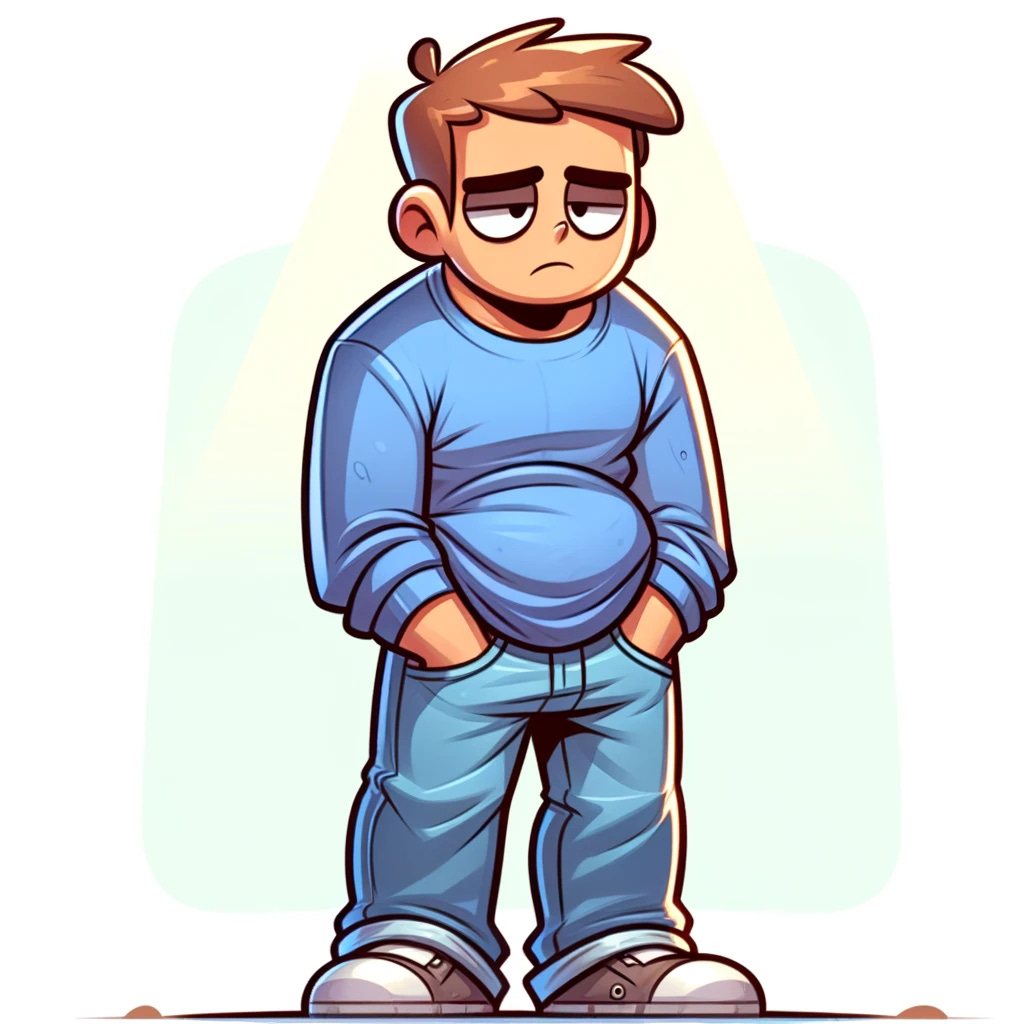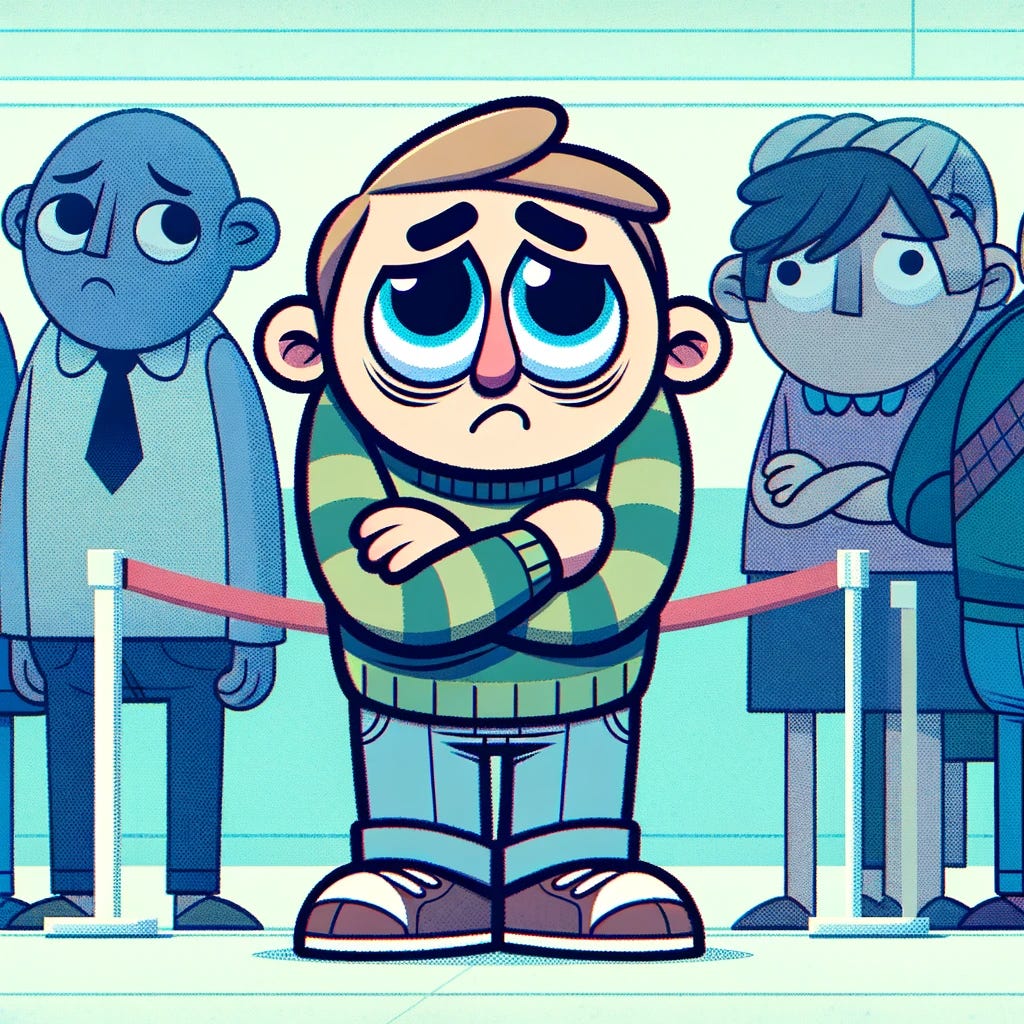Idle Hours: How Should You Hold Yourself When Standing Alone or Seated in Public?
A Practical Guide to Transforming Everyday Waiting into an Opportunity for Confidence and Grace
Ever stood in a line and caught yourself shuffling awkwardly, unsure of what to do with your hands or where to look? You're not alone. These simple acts, like waiting in line or sitting through a long commute, often leave us feeling exposed and awkward. Yet, it's precisely during these downtimes that our body language can shine and communicate confidence. This article isn't just about standing straighter—it's about transforming passive waiting into an active practice of self-assurance. By the end, you'll have a toolkit for standing and positioning yourself in a way that broadcasts confidence and composure, even in the most ordinary moments.
Section 1: Foundation with Your Feet
Let's start from the ground up—literally. Your feet are the unsung heroes of your posture, quietly dictating the confidence of your stance. Whether you're queued up for coffee or catching the bus, consider your feet. Plant them about hip-width apart, a stance that's both stable and flexible. This isn't just about looking confident; it's about being ready to move effortlessly through your environment. By shifting your weight or changing the angle of your feet slightly, you respond to the ebb and flow of daily life with a readiness that's visible in your posture. Practice this while waiting anywhere, and notice how it feels to stand firmly grounded. It's a small shift that makes a big difference.
Don't: Rock back on your heels or stand on tiptoes, which suggests uncertainty and restlessness. Avoid constantly shifting your weight from one foot to the other, as it can give off a vibe of impatience or nervousness.
Section 2: Leg Language
Your legs tell a story about how you feel. Crossed legs might suggest discomfort or a closed-off attitude, while a stable stance can express openness and readiness. To find a balance, start by uncrossing those legs. Let them be parallel to each other, knees soft but not locked. This position is not just a relaxed stance; it's a strategic one. It allows for subtle movements—weight shifts, slight pivots—that convey a relaxed alertness. Practice this in public settings: while waiting for a friend, or standing on the subway. Your legs will learn the language of ease with repetition.
Don't: Cross your legs or wrap them around each other while standing—it can seem like you're creating a barrier or you're uncomfortable. Also, avoid locking your knees, which can lead to discomfort and even fainting.
Section 3: Hips and Balance
Your hips are the pivot point of your body, crucial for balance and a confident stance. When your hips are aligned with your shoulders, it's not just about symmetry—it's about harmony. This alignment projects a natural, grounded presence. To practice, stand with your hips squared and level, as if balancing a book on them. This isn't about rigidity; it's about finding your center in any setting, whether you're in line at the grocery store or navigating a crowded event. Let your hips find their place, and your confidence will follow.
Don't: Let your hips slump to one side, which can appear lazy or too casual in certain environments. Resist the temptation to put hands on hips too often, which can come across as aggressive or impatient.
Section 4: Torso and Chest Positioning
The way you hold your torso and chest shapes the message you send to others. Slouching may seem comfortable, but it often reads as disinterest or low energy. Instead, aim for a neutral spine and a chest that's open but not thrust forward. This posture isn't just about looking approachable; it's about being physically open to interaction. As you stand in line or wait for your turn, pull your shoulders back gently, engage your core slightly, and breathe. This is how you practice presence—simple, subtle, but significant.
Don't: Slouch or let your shoulders round forward, as this can seem unapproachable or insecure. Avoid puffing out your chest excessively, which can be perceived as arrogant.
Section 5: Arm Arrangement
Arms can be the most challenging aspect of body language to master—they're often the first to betray nervousness. To appear both relaxed and engaged, let your arms hang naturally by your side or hold something in one hand. Use gestures with purpose, not as a shield to hide behind. When you articulate with your hands, do it with intention. Whether you're navigating a conversation or simply standing in contemplation, your arms can articulate confidence without saying a word.
Don't: Cross your arms or hide your hands in your pockets, as this can appear defensive or disinterested. Fidgeting with your hands or over-gesticulating can distract from your words and suggest anxiety.
Section 6: Head Posture and Facial Expressions
The tilt of your head and the expressions that play across your face are critical elements of your silent dialogue with the world. A head held high with a natural ease suggests confidence, while a smile—genuine and warm—can be disarmingly effective in making connections. Practice maintaining a head posture that's aligned with your spine and a facial expression that's open and friendly. This alignment isn't about being stiff; it's about aligning your mood with your method, integrating a positive outlook with a posture that projects it.
Don't: Frequently look down or away, which can appear disengaged or shy. Avoid frowning or keeping a blank expression for too long, as it can be off-putting to others and might not reflect your true emotions.
Conclusion
Mastering the art of confident body language in mundane downtimes is about practicing small, daily acts of poise. It's about taking the ordinary—those moments spent waiting—and turning them into opportunities to reinforce a confident stance in the world. Adopt these practices into your daily rhythm, and watch as they transform not just how you stand, but how you feel and interact. Remember, confidence is not just a pose; it's a practice, and it's within your reach every day.
Lets take it a bit further!
As you take your seat during a lengthy layover or settle into a café chair, it’s easy to become unaware of how you occupy your space. Seated positions can inadvertently lead to a closed-off demeanor or a slouch that suggests disengagement. Yet, these moments are opportunities to radiate calm and confidence from a chair. This guide will walk you through the subtleties of seated body language, transforming passive sitting into an active expression of composure and self-assurance. From the placement of your feet to the tilt of your head, you’ll discover how to convey a commanding presence, even while sitting down.
Keep reading with a 7-day free trial
Subscribe to Bowtied Owl’s Substack to keep reading this post and get 7 days of free access to the full post archives.











